Untangling hair treatments
SINGAPORE — From balayage to volume rebonding, the names and variety of hair chemical treatments can be like a baffling maze. With the help of experienced hair experts, we sort through the confusion with this glossary of terms to help you figure out what to ask for at your next salon visit.
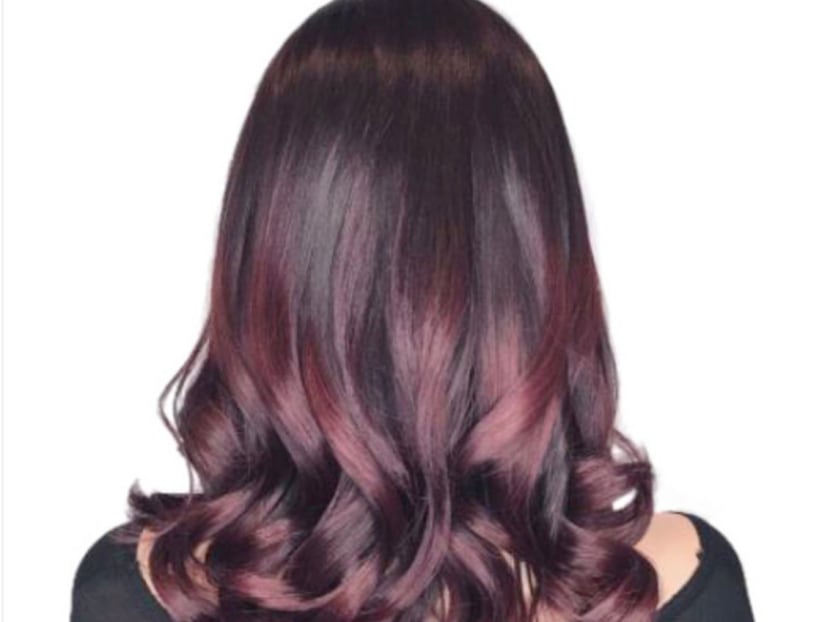
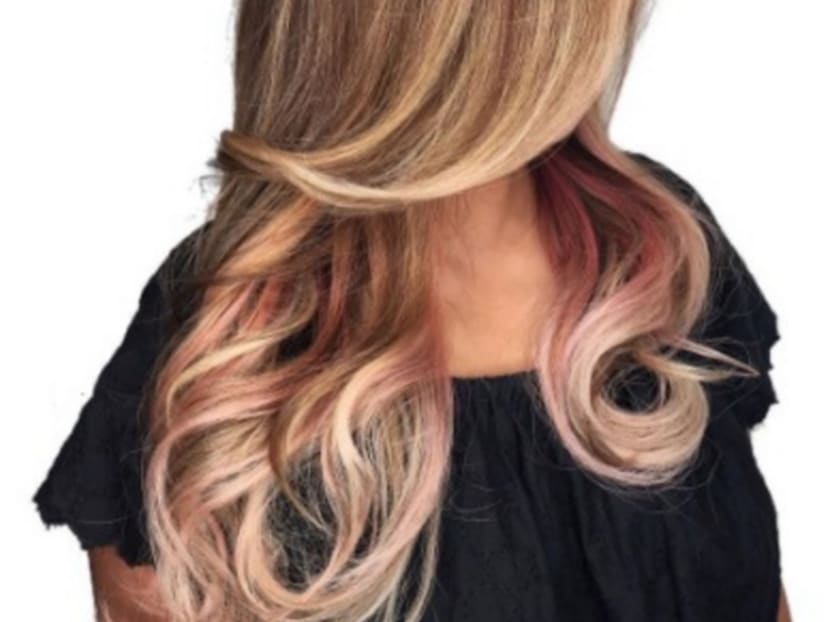
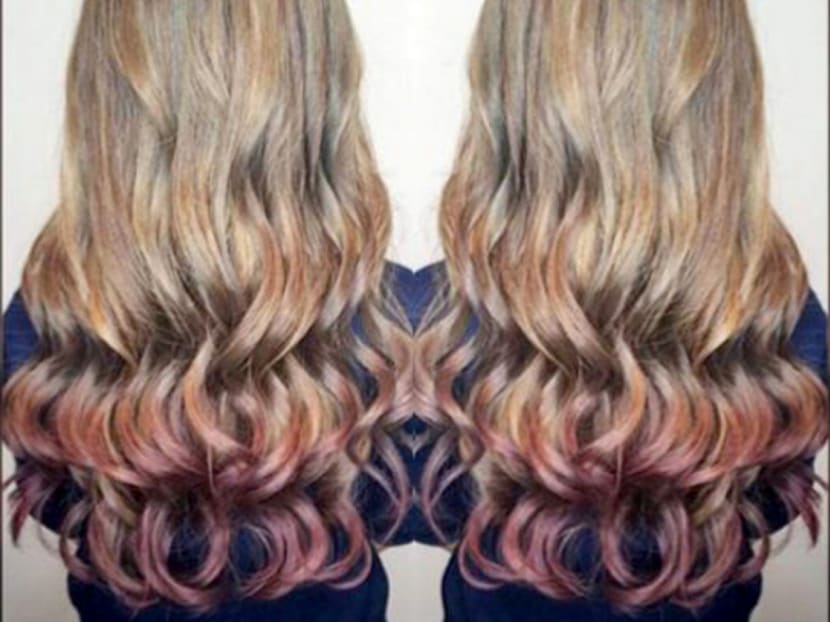
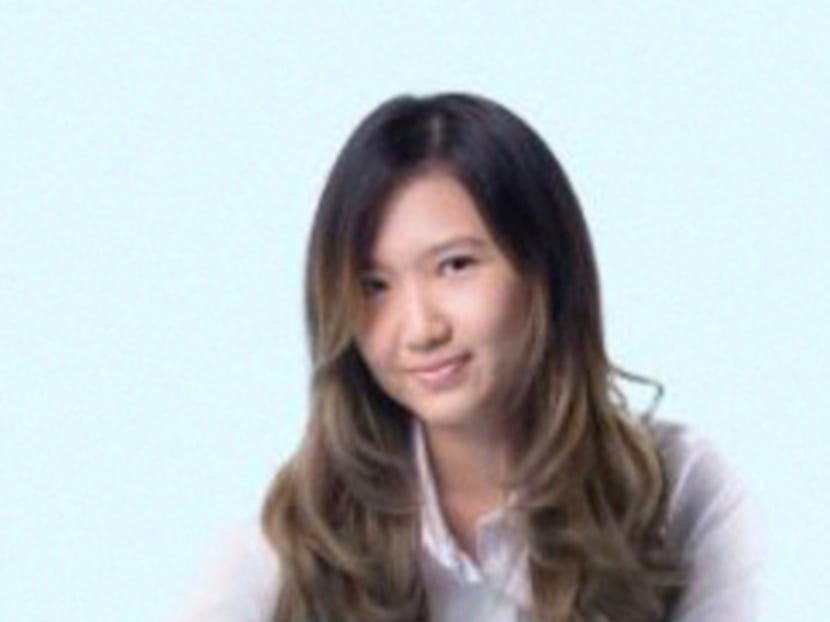
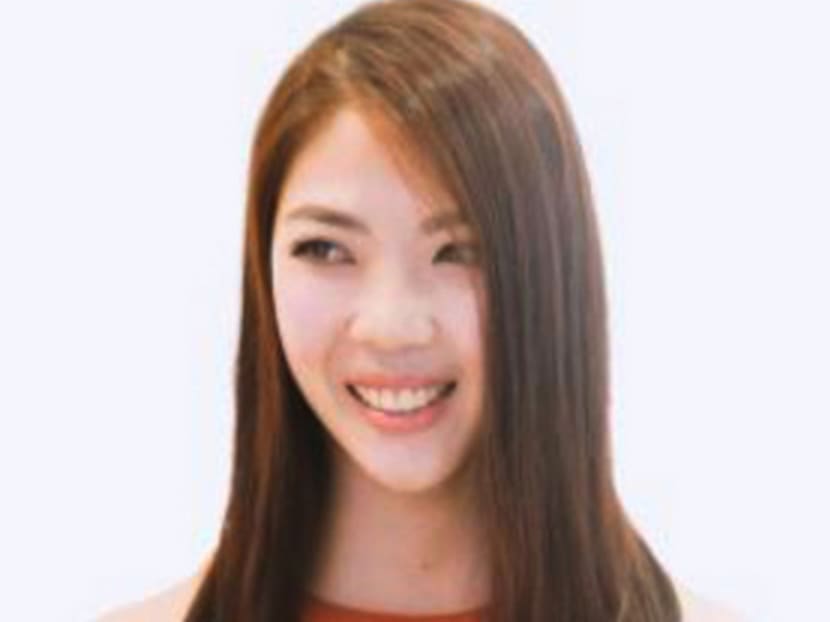
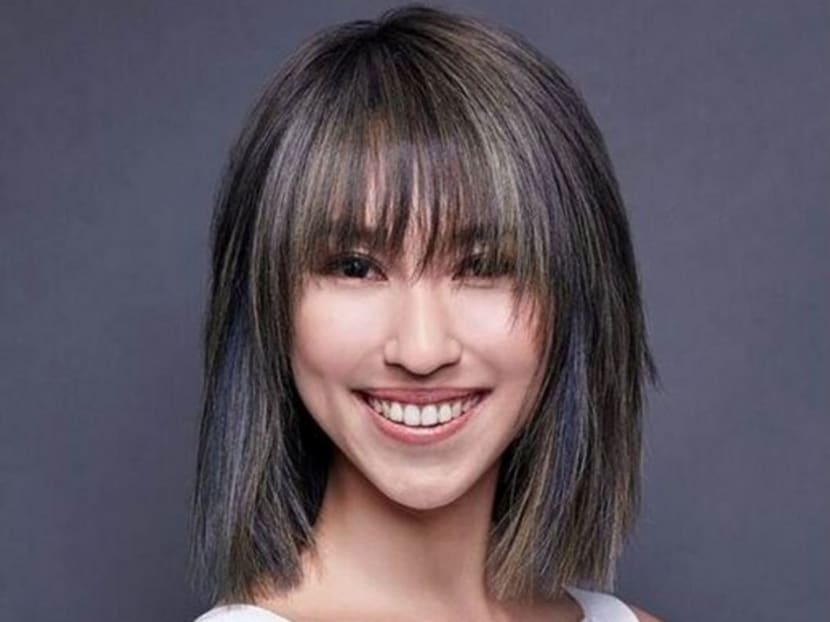
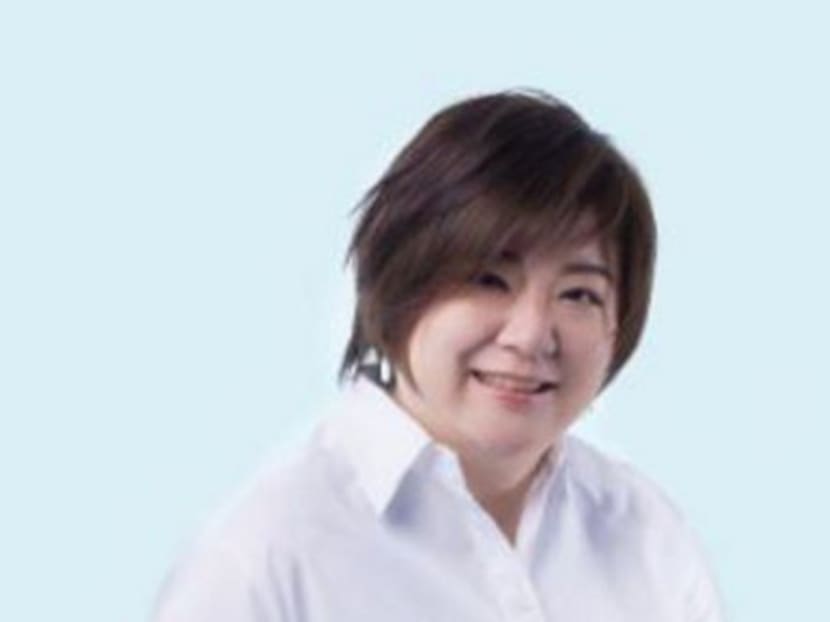
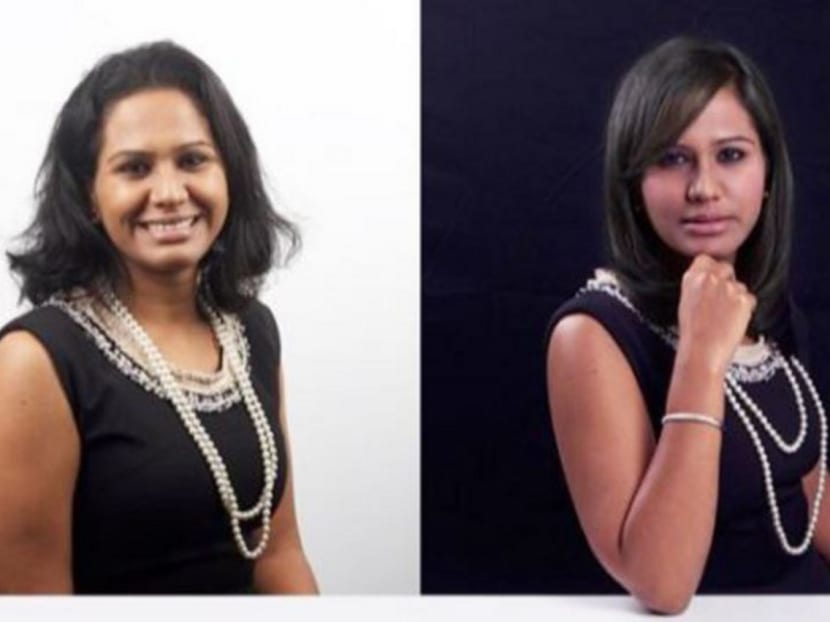
SINGAPORE — From balayage to volume rebonding, the names and variety of hair chemical treatments can be like a baffling maze. With the help of experienced hair experts, we sort through the confusion with this glossary of terms to help you figure out what to ask for at your next salon visit.
COLOURING
Balayage (say “Bah-lee-ahge”, with the stress on the first syllable)
French for “sweep”, this is a free-hand painting technique in which sections of hair are strategically swept with a lighter colour or lightening agent. Highly favoured for its au naturel look, it has the effect of grown-out highlights with a sun-streaked finish. Similarly, the Ombre (“Ohm-bray”, French for “shadow”) technique also plays on dark and light contrasts, but differs in that its colour contrasts are more pronounced and starts as a darker shade at the crown “to lighter at the ends”, says Samantha Poh, director of Colour Bar by Full House Salon.
Gloss Smudging
Trending this year, this technique smudges the colour at the roots to blend seamlessly between the hair colour and your natural hair colour. A big plus: It is touted as a low-maintenance option which can extend the time between your next hair colouring appointment since this subtle blurring out of any obvious regrowth hairlines “reduces the need for frequent colour touch-ups”, according to Chez Vous Hair Salon’s associate salon director Shawn Chia.
Hair Contouring
What make-up does for face contouring, the technique of hair contouring does with a customised cut complemented with strategically placed lighter and darker hair colours in specific sections to accentuate and flatter facial features and skin tone, usually using a combination of techniques such as Babylights (very fine strands of highlights subtly infused all over the hair to create the shiny, dimensional hair colour seen in young children’s hair) or Balayage. For example, Chia shared that by placing darker shades of hair colour at jaw height creates shadow along the jawline, making it appear smaller, while placing lighter shades at the hair ends creates the illusion of “elongating” the face.
Creative Colouring
For those who prefer to make bolder hair statements, these range from hair colours painstakingly painted on in stencilled boxes to create a pixellated effect to other rainbow hair colour inspirations like Geode hair (mimicking the sparkling gradations of geode rock structures) or Holographic hair colour effects (iridescent colours of opals or mother-of-pearl). Other attention-grabbing looks are achieved with panelling, where blocks of hair colour are used to achieve a dramatic geometric look; or dip dye — literally looking like the hair ends have been dipped in colour with an obvious demarking line of contrasting colour.
STRAIGHTENING
Keratin treatmentS
A semi-permanent treatment — lasting from three to six months — that relaxes hair, though it “does not straighten hair completely”, explained Tess Yip, technical director at Toni & Guy Academy. It is best for those with slightly curly or wavy hair looking for silkier, less unruly locks that require less time to style.
Soft rebonding and Volume rebonding
Improving upon the unnaturally straight Cleopatra-like hair of traditional rebonding, soft rebonding — which uses a milder rebonding lotion left for a shorter time coupled with less heat — creates a more natural result, while still reducing frizz. Volume rebonding, or C-Curve rebonding creates body in straight hair using a curling iron to create a bend in the hair ends.
CURLING
Hot permS and Cold permS
The main difference in the two curling treatments is the use of heat in the first, but key is the difference in effect. For hot perms, hair is curly when dry with more pronounced, longer-lasting bouncy curls, with minimal styling like finger-twirling hair with hair serum. Whereas cold perms are curly when wet, requiring more styling and firmer holding hair products like mousse or holding cream “to tame the volume of the curl”, said Colour Bar’s Poh. Digital perms are the go-to hot perm techniques — overriding the first-generation techniques of Ceramic perms (which used cumbersome heated ceramic rollers) — with curling rods attached to rollers affixed to a machine which regulates temperature precisely.
Korean and Japanese perms
Korean perm and haircut styles tend to look bottom-heavy, described Wing Choong, education director at Loreal Academy. “Strands are kept in place, with less layers while Japanese Perm and haircut styles look more ‘airy’, textured and not so put-together.”
Root permS and Body permS
These customised perms produce different effects. Root perms “bend” your hair only at the roots using a curling iron to give it a slight lift, explained Chia. This technique is best suited for hair length that is above the shoulders. Body perms create waves over the entire hair length to add overall volume to the hair, with the effect best seen after hair is blow-dried. Another technique used in addition to traditional curling rods is curling tongs to artfully place curls customised to frame the face.








